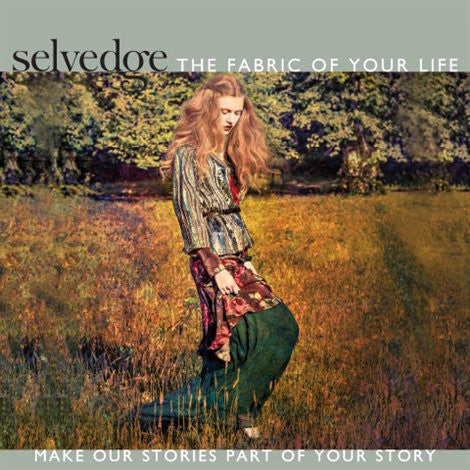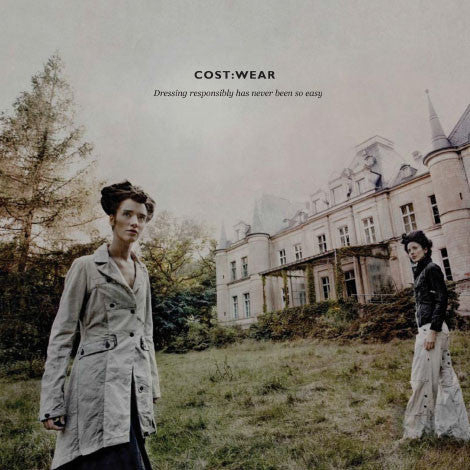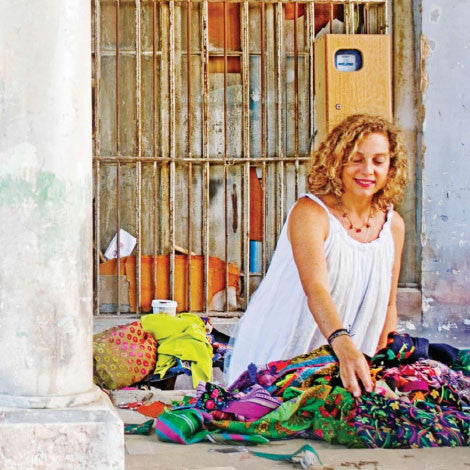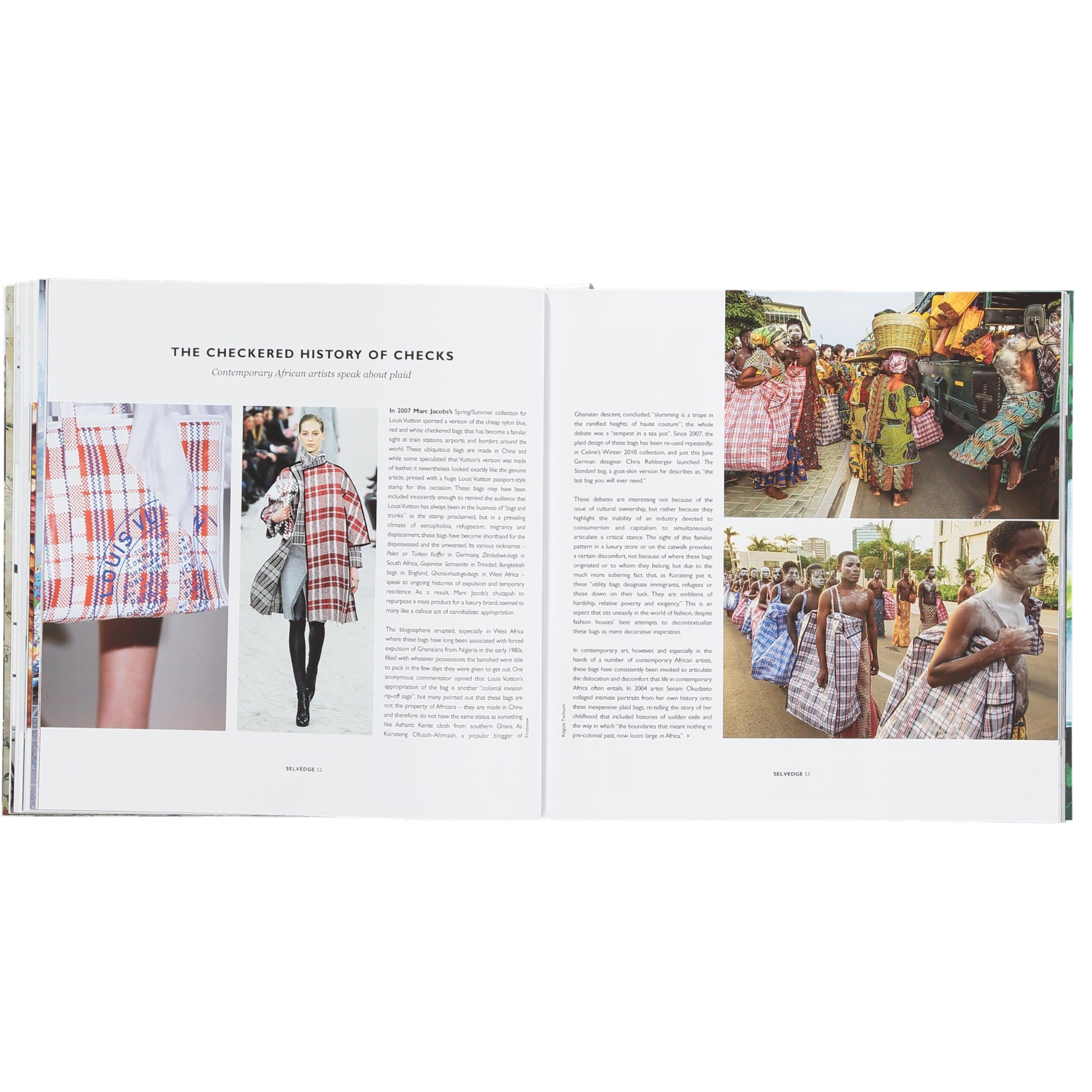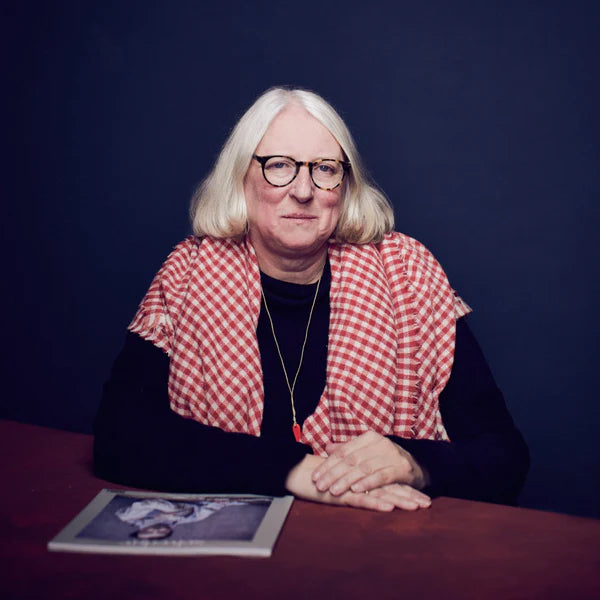Issue 72 Green
Selvedge Magazine
Couldn't load pickup availability
Read a sample article 'The checkered history of checks' by Liese Van Der Watt
September/October 2016
MAKING ETHICAL CHOICES can be a challenge for even the most informed consumer. We are surrounded by so many brands claiming ethical credentials that it is difficult to cut through the hype and find products with real integrity. This issue Sass Brown guides us through the jungle. My vote, for what it’s worth, is with the buy less buy better lobby, and to repair and repurpose garments to extend their life.
One of the side effects of the technology revolution is the renaissance of making. In this issue we see Amy Revier hand weave coats, Abigail Booth hand stich quilts, Huda Baroudi and Maria Hibri reupholster furniture with recycled materials; all of whom make aesthetically beautiful products and almost unconsciously engage with an ethical agenda by managing the integrity of their materials through every stage of production. This movement engenders an optimism for the future as it injects aesthetics, the absence of which has blighted ethical manufacture for decades.
Textiles have value because of the time and skill necessary to construct them. If we were able to educate and re-skill our population in garment construction then surely responsible consumption would follow. TV programmes such as the Great British Sewing Bee are helping - I just wish they would use better cloth!
Cloth is not a neutral material: it is steeped in cultural connotations, none less so than checks. In this issue we explore the migration of checked pattern around the world and look at how artists have commented on the meaning of the inexpensive nylon checked carryalls we associate with displaced peoples. I urge you to go green when considering your winter wardrobe.
Polly Leonard, Founder
Share










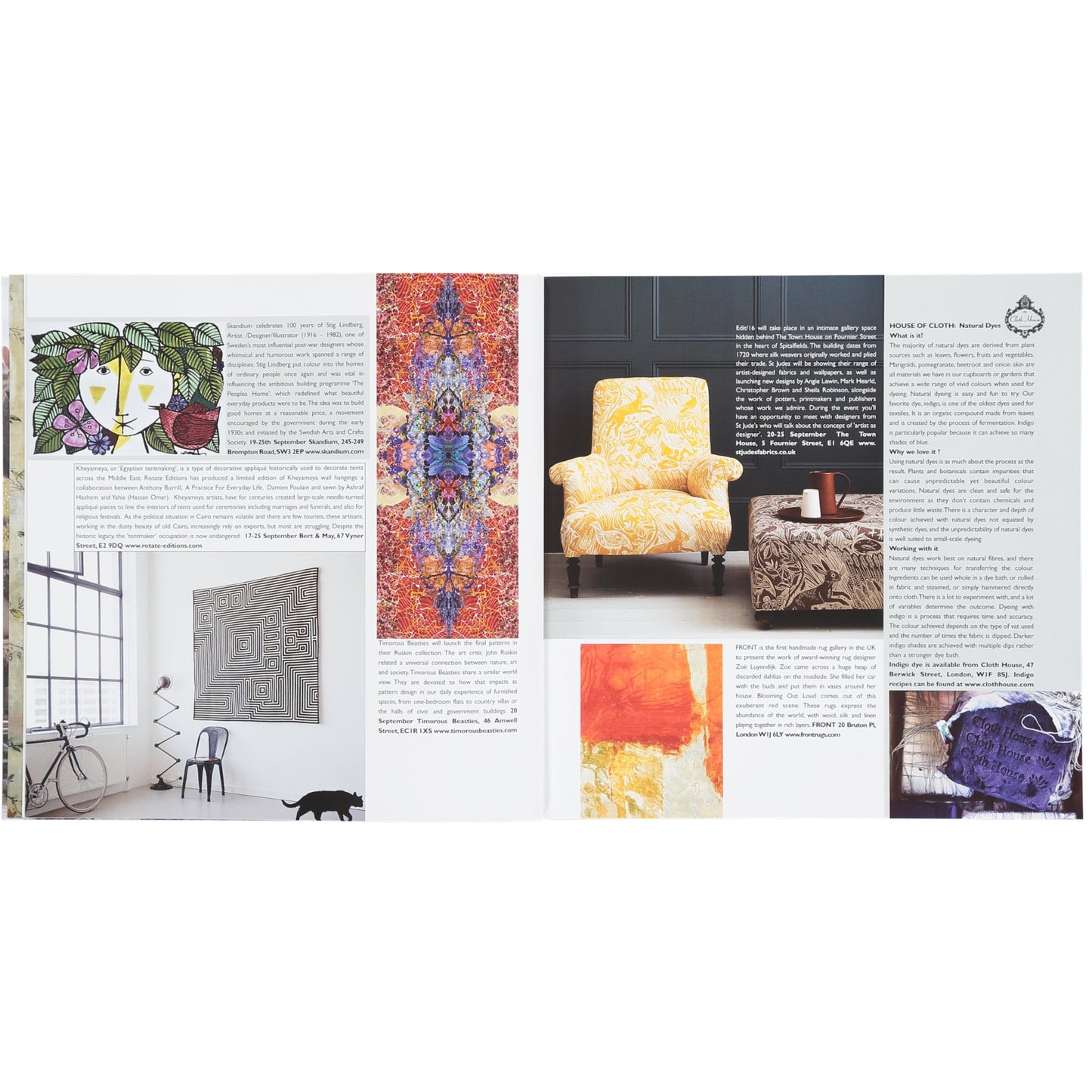



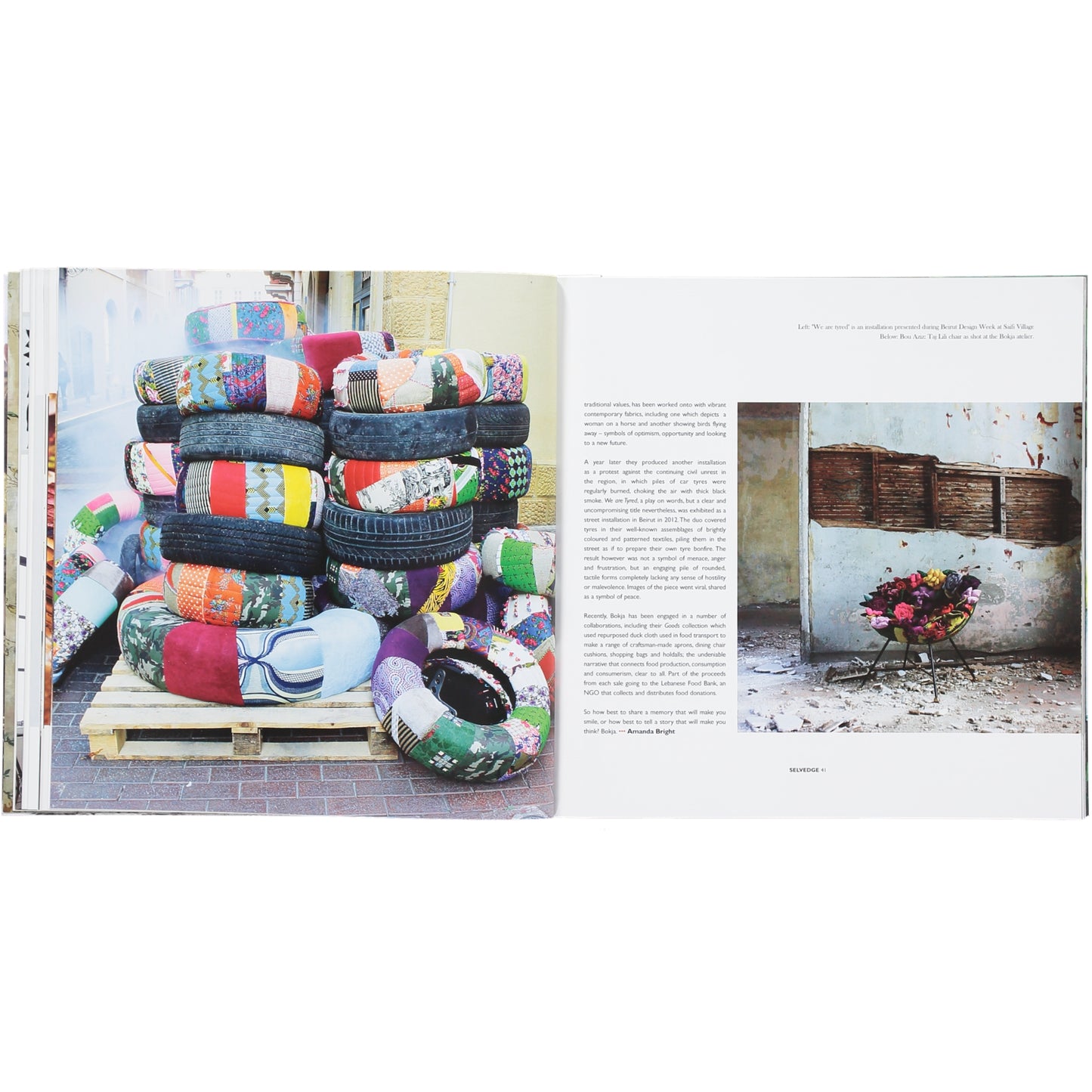

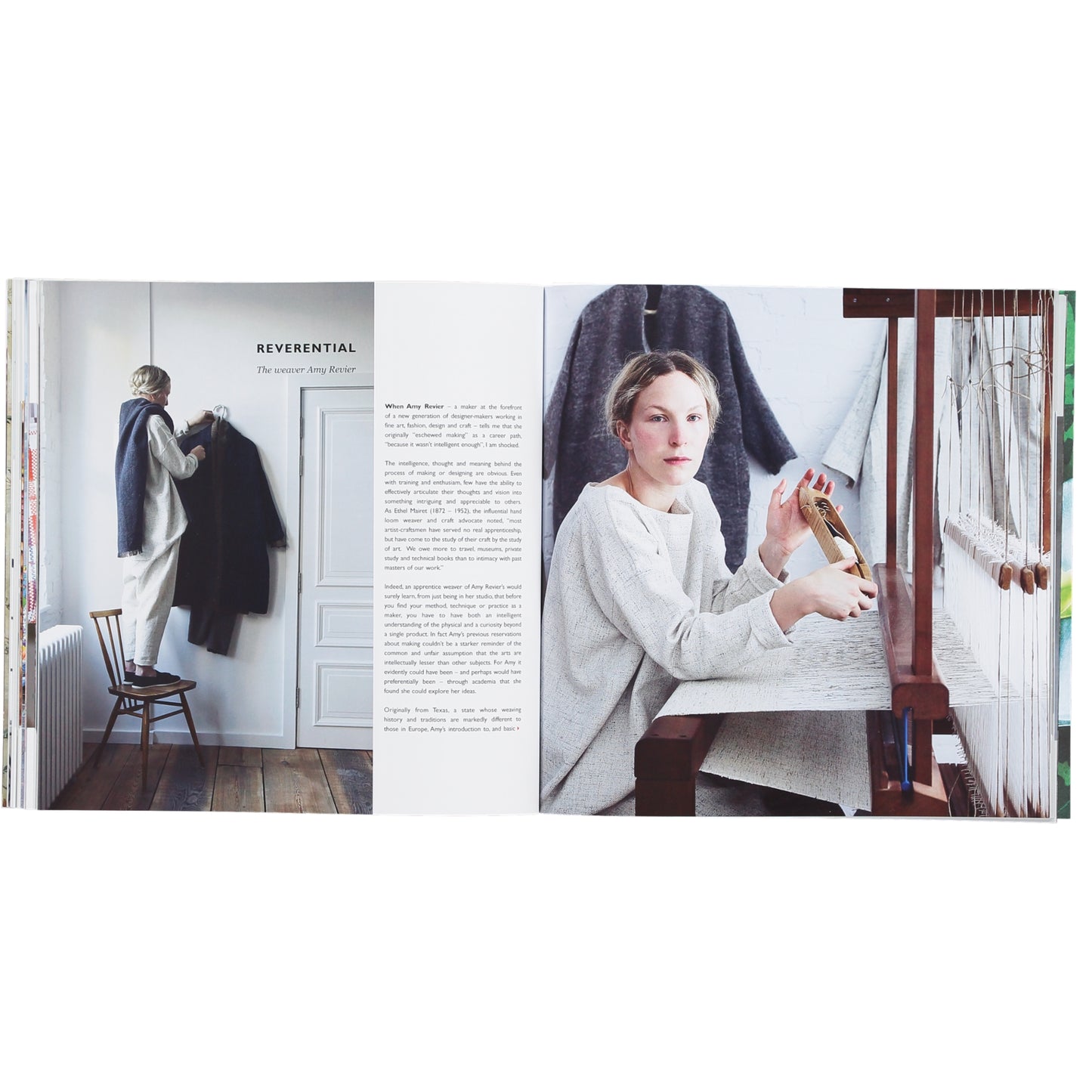


A truly enjoyable read
This magazine is a joy to read on every level. It is well researched, interesting and beautifully written. It cleverly connects the distant past with cutting edge current practice and has inspired me to learn more about both. Now I want to read more!
Visually very satisfying and intellectually stimulating
I always find Selvedge Magazine visually very satisfying and intellectually stimulating. I have all the issues in my library and will have to find a good institution to donate then to when the time comes. I remember getting issue 00 at some conference or meeting in the US when you were first starting out. Bravo again for so many years of sharing the joy of textiles in all its varied forms with all of us.
Congratulations on your vision!
I’ve just been looking up your magazine, and absolutely love it! It seems like it knits together all the slices of delight that are left over in our soul when we are spent with our daily survival transactions…..congratulations on your vision!
I treasure each issue
Your exquisite magazine - I treasure each issue and feel fortunate to receive it.
Selvedge endlessly nourishes my soul
Selvedge endlesslynourishes my soul. Much love and gratitude to Pollyand the Selvedge clan.

